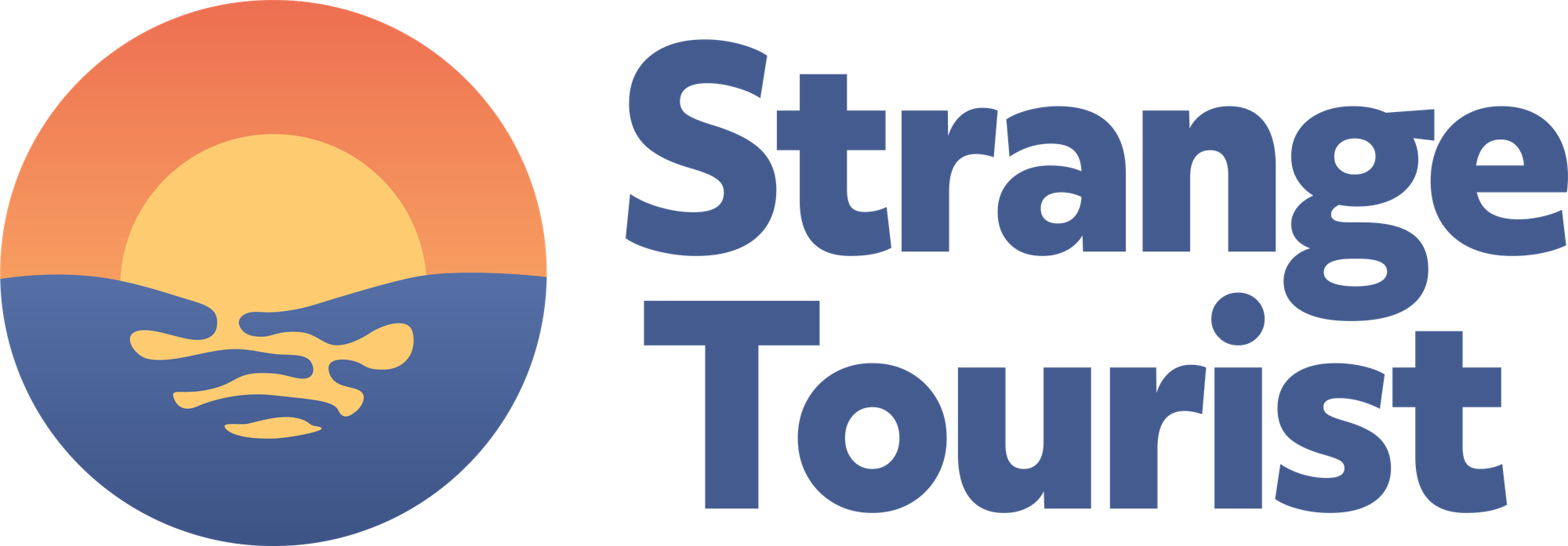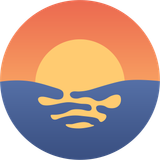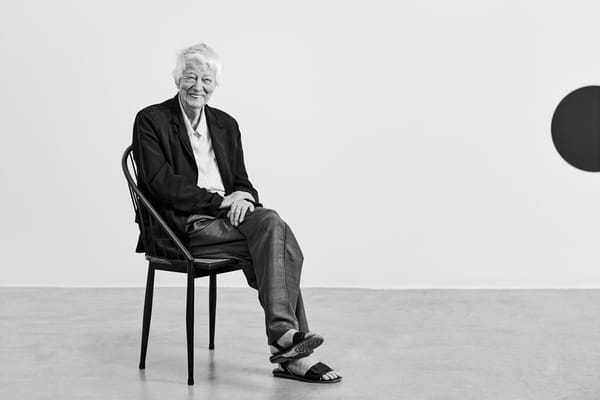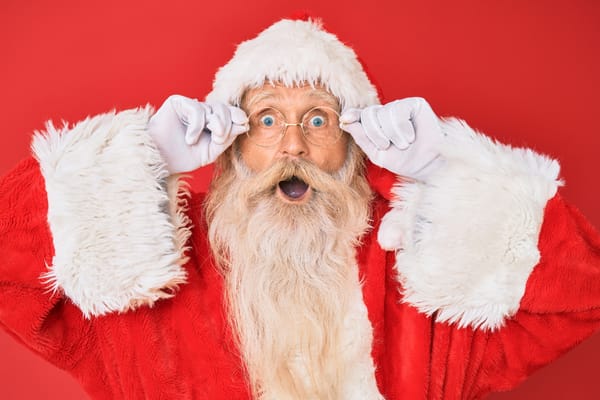What a hoot! Ramsgate illustrator features owls and wolves in life drawing class
More lively than your standard life drawing class, Wild Life Drawing works with models who won’t pose or be still, and are an opportunity to be inspired by the natural world, as founder Jennie Webber explains
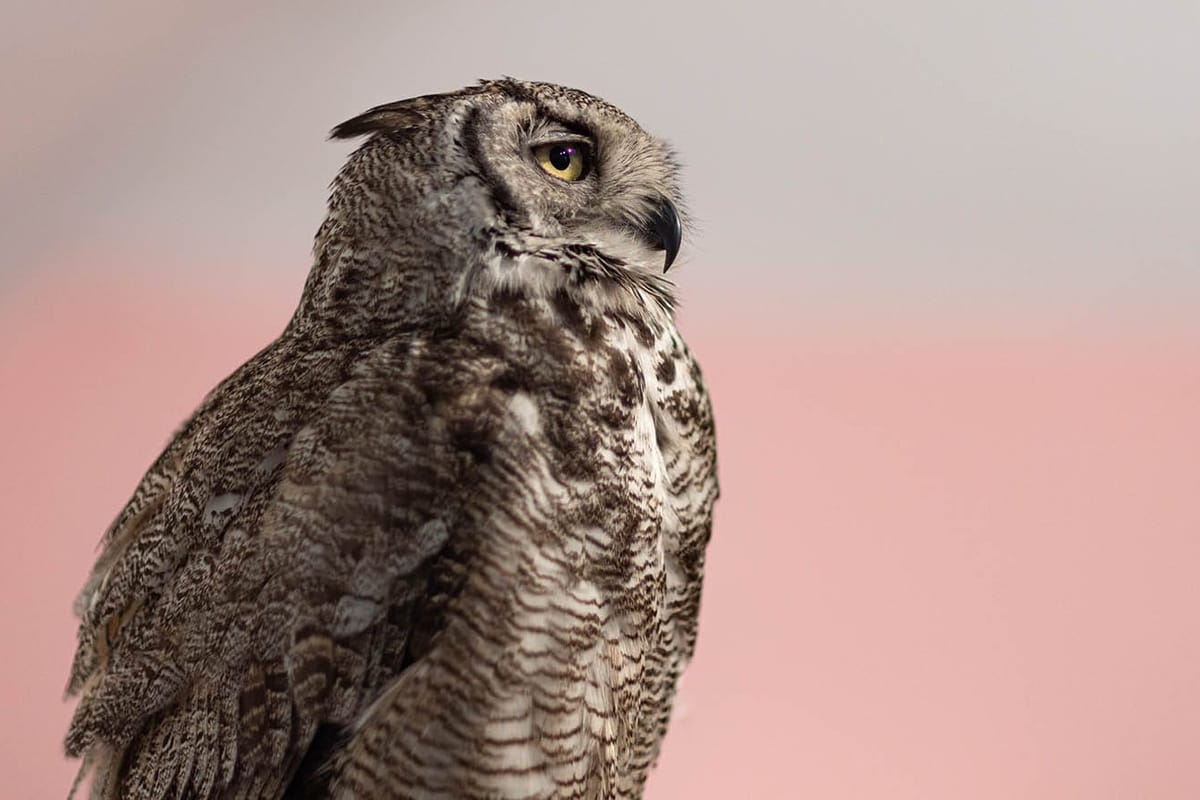
Trying to draw a model who is taking a poo on your artwork is not part of the average life drawing class vocab and totally unacceptable in any other circumstance, yet in Wild Life Drawing, I suppose it’s part of the fun.
Founded in 2014, Wild Life Drawing - life drawing classes, but with animals - popped up on Thanet shores this year, after founder Jennie Webber moved to Ramsgate.
The illustrator and artist has a keen fascination with the natural world, having taken up an artist residency in the Amazon rainforest and exhibiting at the Natural History Museum, and this appreciation for nature informs her life drawing sessions.
Held both online and in-person and working with animal charities and rescue shelters, these all-abilities classes are interactive and informative as well as creative, with participants drawing a range of animals, from snakes to sloths.
Ahead of an owl drawing workshop in Ramsgate, Jenny explains why the illustration you take home is only half of the experience.

How did you come up with the idea for the classes?
I moved to London whilst doing my masters and was looking for drawing classes like these! I spent a lot of my degree drawing from preserved specimens and taxidermy, and I realised I was craving to see these animals in real life, displaying their natural behaviours and colours. Fast forward a few years and I’d had a bit of experience in events, I came up with the name (it’s meant to be a pun!) and I just gave it a go - and never looked back.
Why animals, and which ones have been ‘models’ over the years?
I personally find animals more interesting to draw than people - the variety, the feathers, the textures! In the last 11 years we’ve drawn everything from wolves to water dragons, sloths to sharks, greyhounds to goats.The natural world provides endless inspiration to me.
How do you decide on which animal to use in the workshops?
Animal welfare is our number one priority, and for our in-person classes we only draw animals that are happy and comfortable around people and in different environments. I have built up a small selection of animal charities, rescue centres and organisations that always put their animals first and we work together to ensure a respectful and calm environment at the classes, with plenty of snacks and enrichment to make sure the animals enjoy their time as much as we do.
Our online program allows us to draw animals that we could never here in the UK, and it’s amazing to connect with sanctuaries around the world and observe animals in their natural habitat, like the orphan baby sloths in Costa Rica or the rescued elephants in Laos.

Have you had any badly behaved models?
Well, there’s always a bit of poo and wee at a Wild Life Drawing class. We had quite a memorable moment where a snake pooed all over someone’s drawing! It was quite something.
How do the workshops support animal conservation?
Each and every ticket we sell includes a proportion donated to one of our partner animal charities, and we like to support smaller organisations where donations really make a difference. To date, we’ve raised over £93,000 for conservation which is incredible. In addition to the financial contribution, the classes are a great way to share information about responsible pet ownership and animal welfare. Plus we communicate other ways people can get involved to help, like by signing petitions or making your garden wildlife friendly.
What do you hope participants take away from the experience, other than their own drawings?
A deep connection and real compassion for the animals, through spending time with them, studying them closely and learning about them from the experts. People only help to conserve animals they care about, and that care comes from experience and education.
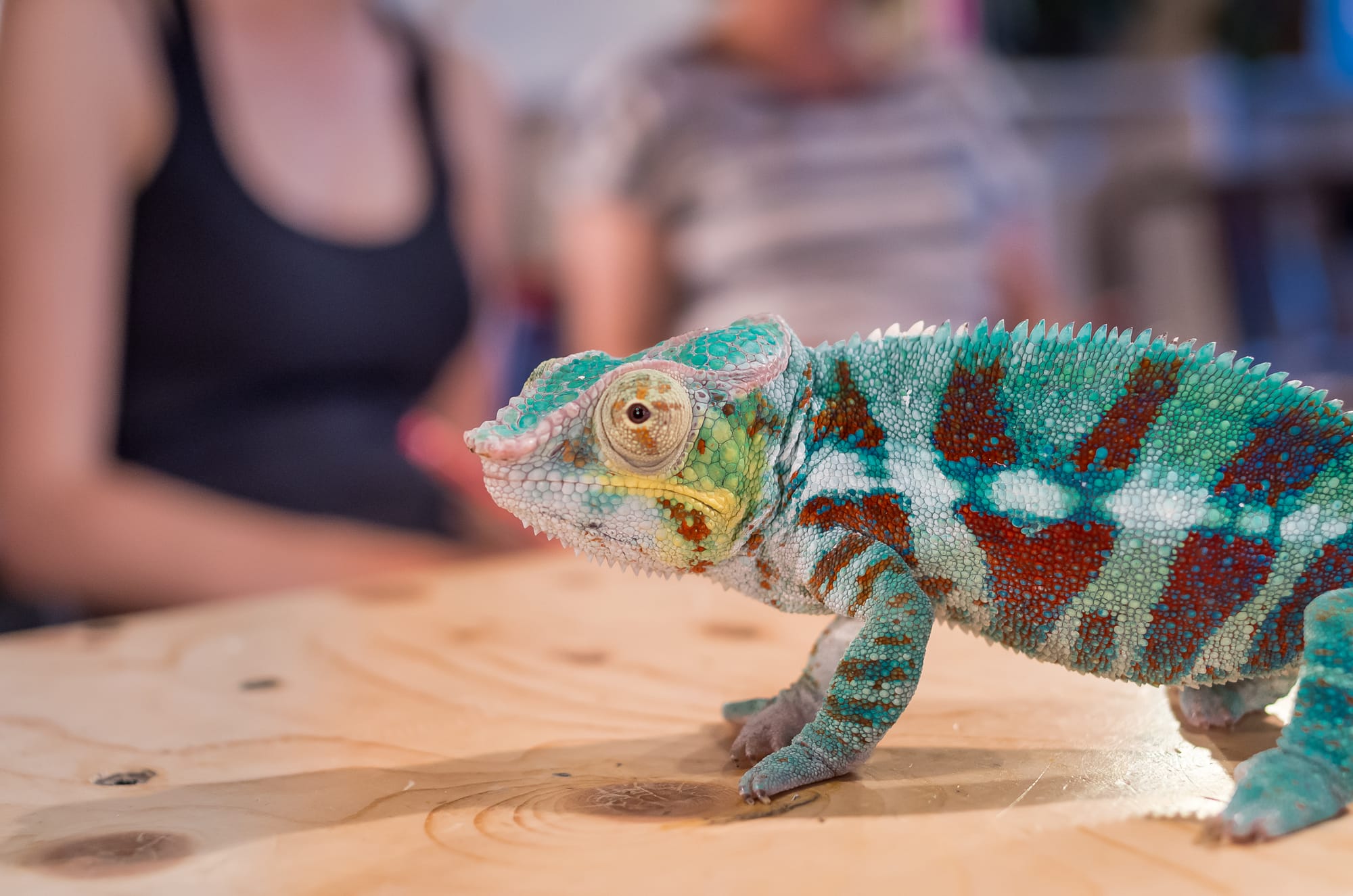
Is Wild Life Drawing open to all abilities?
Absolutely, I believe everyone is an artist. The classes are all about process over product and we want to encourage as many people to feel that drawing is open to them as possible.
Do you approach drawing an animal differently to drawing a human?
Obviously you can’t ask animals to pose for you (well, you can ask but they won’t!) so we have to change our drawing technique to get the most out of our time with them. Drawing quickly and with confidence (even if you don’t feel it) is essential, but I promise that the more you draw the better you’ll get. Splitting the animal into a series of simple shapes that you can use to “build” the animal on the page is helpful, as is thinking about their anatomy. Also, patience is key!
What’s been your favourite animal to draw and why?
I can’t really pick favourites - I love them all. But if pushed, I might have to say owls as they have bags of charisma and personality.

How do you draw a good owl?
Owls are a great animal to begin with because they’re so relaxed, they often fall asleep on the perch! Getting a good drawing is all about good observation. Trusting your eyes is important, drawing what you actually see - as opposed to what you think owls look like. Also, try not to draw your owl with a neck, that makes them look like a penguin!
Wild Life Drawing isn’t a straight forward life drawing class. What can people expect?
A fun, friendly and calm atmosphere with relaxed and happy animals. An expert tutor with plenty of tips, demos, drawing exercises and plenty of enthusiasm. An animal expert or charity representative sharing lots of facts and information about the animals.
Wild Life Drawing take place in-person and online. The next Thanet class is on Wednesday, December 3 where participants will try their hand at drawing owls. Held at Gather &, the class runs from 7pm-9pm and tickets are £35. For more information, visit wildlifedrawing.co.uk
